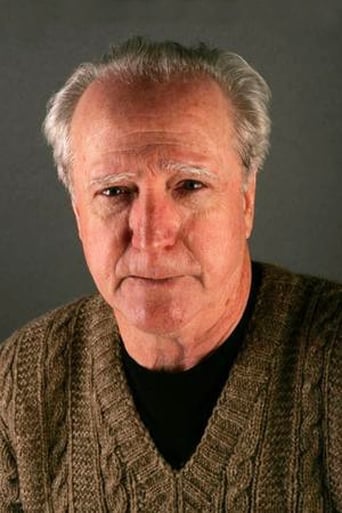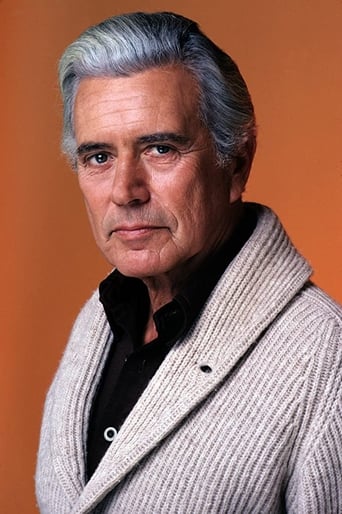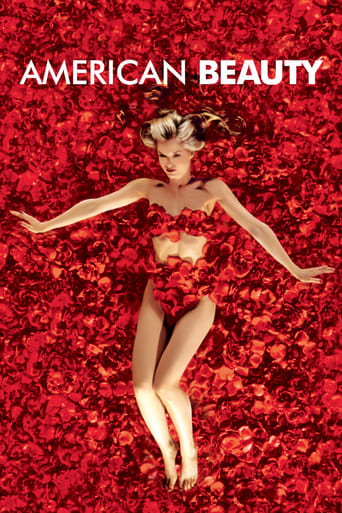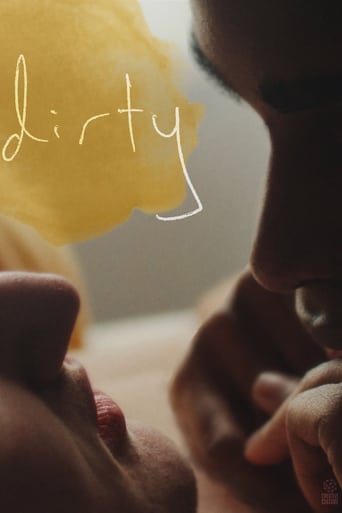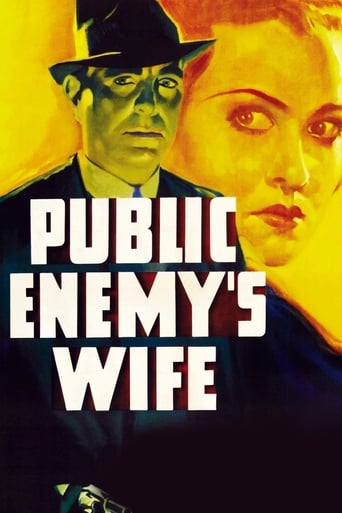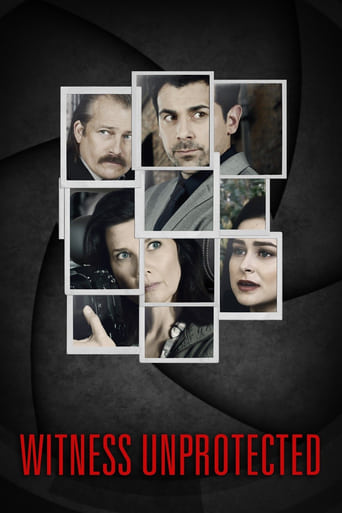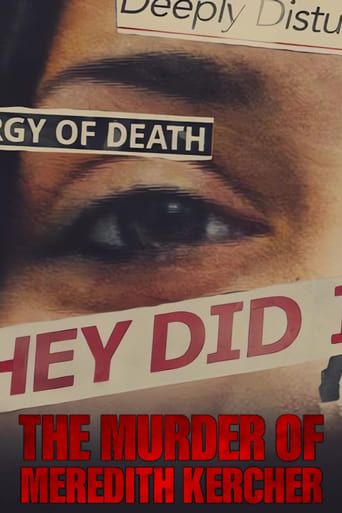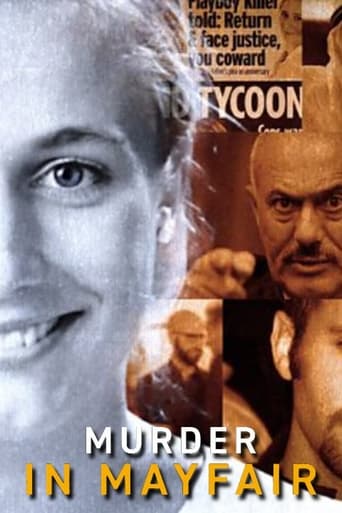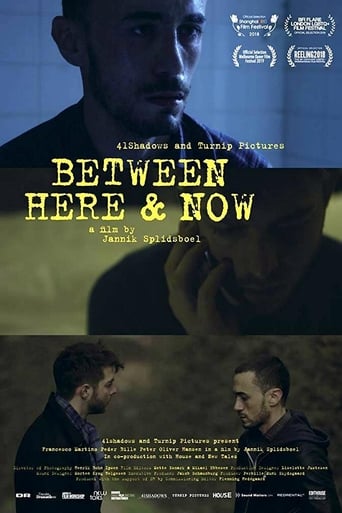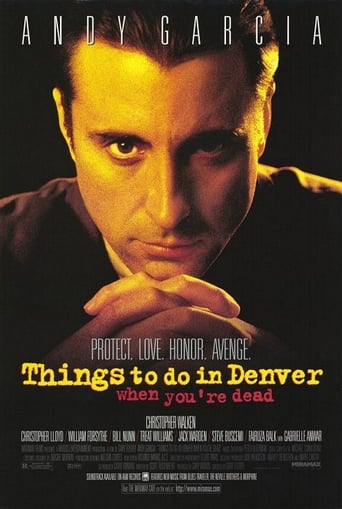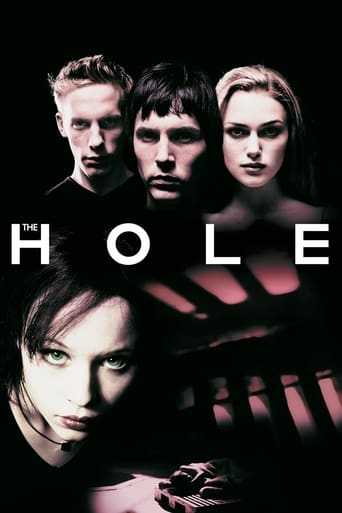
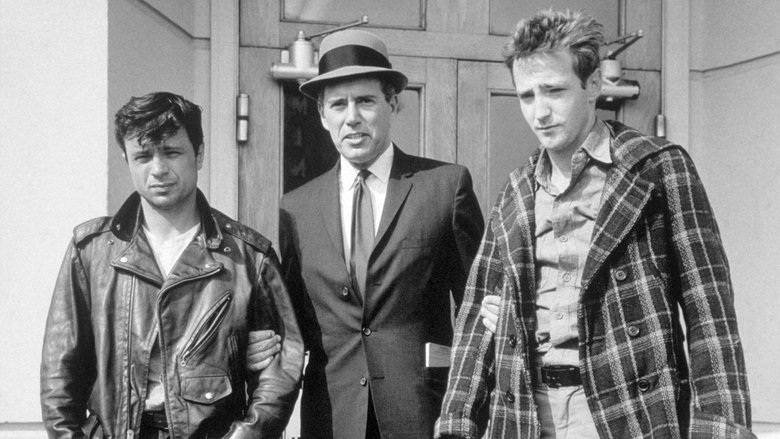
In Cold Blood (1967)
After a botched robbery results in the brutal murder of a rural family, two drifters elude police, in the end coming to terms with their own mortality and the repercussions of their vile atrocity.
Watch Trailer
Cast


Similar titles
Reviews
I hate is story its so bad that it wouldn't let me click no stars because its didn't want to make you feel bad
There's something about older movies like this and "A Streetcar Named Desire" that feels real. I don't know if it's the way the films are shot, if it's the acting, or if it's the black-and-white color-scheme. Whatever it is, I like it, and I want more of it. Covering a truly disturbing crime like the Clutter murders, and going so far as to film in the house where they were murdered is an insane attention to detail. That's something I'd expect Kubrick to do, it just adds another layer of terror. The acting is incredible, these don't feel like actors playing people, it feels like they are the people, if that makes sense. Even though their crime is deplorable, the movie does a great job of making them relatable. You feel like this whole thing could've been avoided had things gone differently.
Few movies are more horrific or unsettling than this one. Writer-producer-director Richard Brooks may have set out to denounce the death penalty, but what he got instead was a penetrating trip into the proverbial heart of darkness, made all the more affecting because based on fact. Watch those cold barren landscapes pass by as the death car approaches its destination: the lonely burger stand, the austere hardware store, the empty sidewalks and featureless sky, a gray horizon ebbing out to nowhere. It's early winter on the high prairie. These are the contours of alienation, Midwestern style, the kind of inner and outer terrain that periodically produces a Charlie Starkweather, a John Dillinger, or a Perry Smith. This revealing early part is too often overlooked for the facile Freudianizing that comes later on.Then too, it's Ozzie and Harriet, David and Ricky, who are slaughtered. By all accounts, the Klutters were a prototypical 50's family -- well-adjusted, friendly folks, so confident of the outside world as to not even lock the front door. One can only imagine the actual horror of that routine Saturday night in a remote Kansas town, or of Nancy Klutter alone in bed, awaiting the final footsteps of the shotgun blast. There was another kind of America out there, one they could hardly imagine, but one just as real as their own well-ordered lives. And it blew in off the frozen prairie, psychopathic drifters on that endless road to nowhere. Despite the differences in style, there are passages in this film every bit as scary as Hitchcock's celebrated Psycho.Fortunately, producer Books wins out over writer Brooks. Writer Brooks is too eager to subvert the expressionist horror with political preachments, but producer Brooks had the good sense to go on location and hire non-movie stars Blake and Wilson. As visual doubles of killers Smith and Hickock, they project the so-called banality of evil, in spades. But they also bring an unexpected pathos-- subtle enough argument against the death penalty. Brooks' real triumph, however, was to bring on board Conrad Hall as cameraman. It's Hall's superbly gripping style -- as another reviewer ably illustrates-- that glues the elements into a single atmospheric whole. Without that sustaining mood the film would collapse into disparate, opposing halves, allowing writer Brooks' flawed script to dominate. Anyone thinking that black and white photography is artistically passé should view this film, an enduring masterpiece of the genre.The actual events of November,1959, reached across the Midwest to New York City where they caught the eye of littérateur Truman Capote, who used them to change the face of crime writing in America. That same cold wind blew westward too, across those of us in southeastern Colorado. Suddenly, deer rifles came off racks, doors got locked, and strangers best kept moving. A bleak early winter quickly got bleaker. I'm a long way from that time now, but maybe not so far, after all. Echoes from that nightmare weekend still sound somewhere deep inside. Maybe it's the echo that still keeps my gun close to the bed and my doors securely locked. And, for sure, a light on somewhere in the house, anywhere.In retrospect, the killings, coming at the very end of that mythic decade, amount to a symbolic shattering of a more tranquil time, of a complaisant middle-class, and to a telling portent of the turbulent decade to come. Fifty-five years later, I only hope that somewhere, somehow, the book and the movie have done some good. Something to help compensate for the brief, promising life of Nancy Klutter. For it's through her last agonizing moments-- alone and facing into the night --that we all experience those final echoing footsteps that is the true heart of darkness.
Richard Brooks's In Cold Blood shows a film interpretation of Capote's book. I feel that he depicts Dick and Perry accurately as described in Capote's words. Both characters appear the same to me in the In Cold Blood film as they did in the book where Dick shows confidence in his actions but in reality comes across not as battle-hardened as he believes while Perry holds a troubled past that molds his criminal caricature. Dick walks around in the film dressed in business attire using blank checks to get by in life capturing Dick's smooth personality. Nevertheless, Brooks's film shows Dick's pathetic nature when talking with Dick in the privacy of an empty room as he stresses over Perry's "nonsense". Perry first appears in the film as a delinquent in jail talking about a heist that will set him for life. His character's outfit looks like a stereotype of a high school delinquent with a leather jacket, greasy black hair, and long jeans. However, throughout the film the director reveals Perry as an innocent person with a troubled past containing violence and trauma that leads him to evolve into a killer. While characterizing Dick and Perry through their appearance and actions, Brooks also builds the story through the sequence of scenes accompanied with background musics to signify the type of scene approaching. The scenes sequence in an order that builds a short back story for Dick and Perry and leads on to when both end up in death row with a few glimpses to effectively explain later scenes. For example, the audience does not get to see the murder of the Clutter family underway until after Dick and Perry head to jail. These glimpses into the past such as the murder and even when Perry remembers his troublesome childhood help explain the story and build an emotional, logical connection with the audience. The music accompaniment helps depict these scenes as people associate music and tones with certain emotions. For example, part way through the movie Dick and Perry travel down the highway and the music begins to speed up to make the audience aware of Perry's anxiety as he remembers his motorcycle accident. Also, at death row the music creates a rhythmic beat as one of the fellow inmates walks towards his sentence at "the corner" as the others locked away watch from their cells. Through certain elements such as the sequence of the film's scenes and characterization of Dick and Perry on both an emotional and physical level, I believe Brook's cinematic version of In Cold Blood provides an insightful and clear look into the killers' experience before, during, and after the Clutter family massacre.



